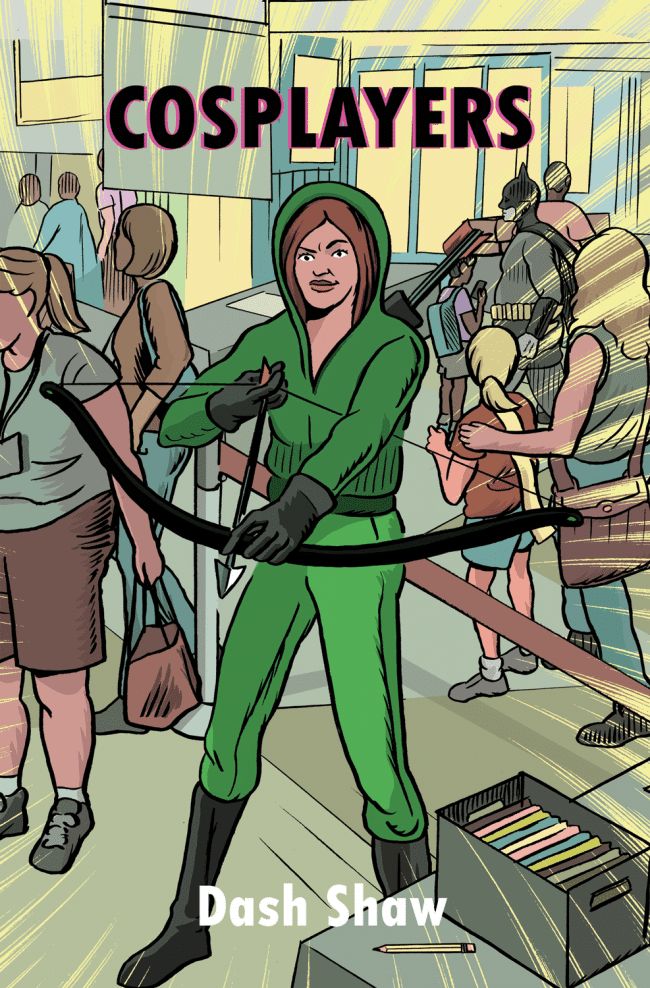I did some reading and note-taking recently. Mostly just notes here.
Pascin, Joann Sfar, Uncivilized Books
This is a look at the painter Pascin in Paris in the 1920s. Sfar has a fine cartoon line but he’s not a terribly good cartoonist based on what I've read in English. As illustration, these drawings are fine approximations of, one the one hand, Crepax eroticism and on the other, Grosz weirdness. But they don’t have any narrative urgency or discipline. There's no sense of the page as a whole, and how a scenario might shift from panel to panel, and Pascin’s body language is generic. Think about the nuances of Gabrielle Bell, Sammy Harkham, Lauren Weinstein and other masters of cartoon naturalism. Sfar just doesn't have that kind of talent and so Pascin never comes alive as a character on the page.
Sfar seems to relish some weirdly unironic bullshit about the “outrageous” bad boy artist, but the problem is that nothing here is outrageous. Pascin the character is literally and figuratively a cliche: a sex crazed momma’s boy thirsty for trouble. And while one could certainly turn the "bad-boy" genre inside out, Sfar doesn’t even attempt it. For a book so focused on early 20th century "masculine" endeavors like whoring and drinking, this book seems oddly impotent.
Cosplayers, Dash Shaw, Fatagraphics.
There is layer upon layer upon layer in Dash Shaw’s latest book, Cosplayers. It’s called “Perfect Collection” -- an homage, as Joe McCulloch tells me, to the subtitles given to early VHS and manga collections in the 1990s. This book collects, and in some cases reconfigures, everything, and even adds bonus images and new covers. Everything a collector could want.
Briefly, it’s the story of Verti and Annie, two friends between high school and college, who make films and cosplay. They cosplay and attend “Tezukon” and go to a comic book store. There is a wonderful parallel to Ghost World in this book — except cynicism is replaced by idealism, and the two friends are inside of a culture, not outside of it. And the culture is comics. Everything around the world of the medium — fans, scholars, store owners — the only thing missing is the artists (except Tezuka, seen here as an ethereal idol). And that’s amazing. That very act of leaving out the artist makes the book fully about the experience of loving comics as spaces to inhabit without any authorial expectations or dictates.
All of the characters in this book either are or become fans. Baxter, a comics scholar, winds up a fan prostrating himself before his creative god. The final story in the book, “Escape from Nostalgia World”, is my current “favorite work about comics”. A comic book store owner who bares a remarkable resemblance to Jerry Moriarty first uses Cold Heat (close to my heart) and then Kirby’s 2001 to demonstrate the force of the narrative images, the transformative power of them, and the possibility in turn, for altering them. Maybe the most powerful thing here is the altering of them — as costumes, as collage material, as, tellingly, Ed Piskor has masterfully done with Hip Hop Family Tree (with which Cosplayers shared space as a Free Comic Book Day Comic), the tools for telling an entire history. This is an incredibly insightful love letter to comics and fandom. It should be treated as a teachable text.
Christmas in Prison, Conor Stechschulte, Crepescular Archives.
I really enjoyed this as a physical book experience. It is object-specific in a way few comics this side of Chris Ware really are. Between thick silkscreened covers are pages printed in various ways, in various colors, but each keyed to the appropriate subjects. A boy gives an odd monologue; a head emerges from water; a book (this book?) is opened and read. Each of these moments contains elements and objects that repeat, and, as the book ends, literally bleed through from one side of the page to the other. Reading becomes remembering and tracking. The visual motifs interlock and grow over the course of the book into a structure of idea nodes connected by taut narrative ropes. By the end I felt like I could open the book at any point and begin again. We’re never told what we’re seeing (though frequently it appears as though we’re watching a surveillance film). or where it’s all happening. Instead we have to let the structure build and then climb through it again and again, discovering new ideas as we go. A wonderful project.









